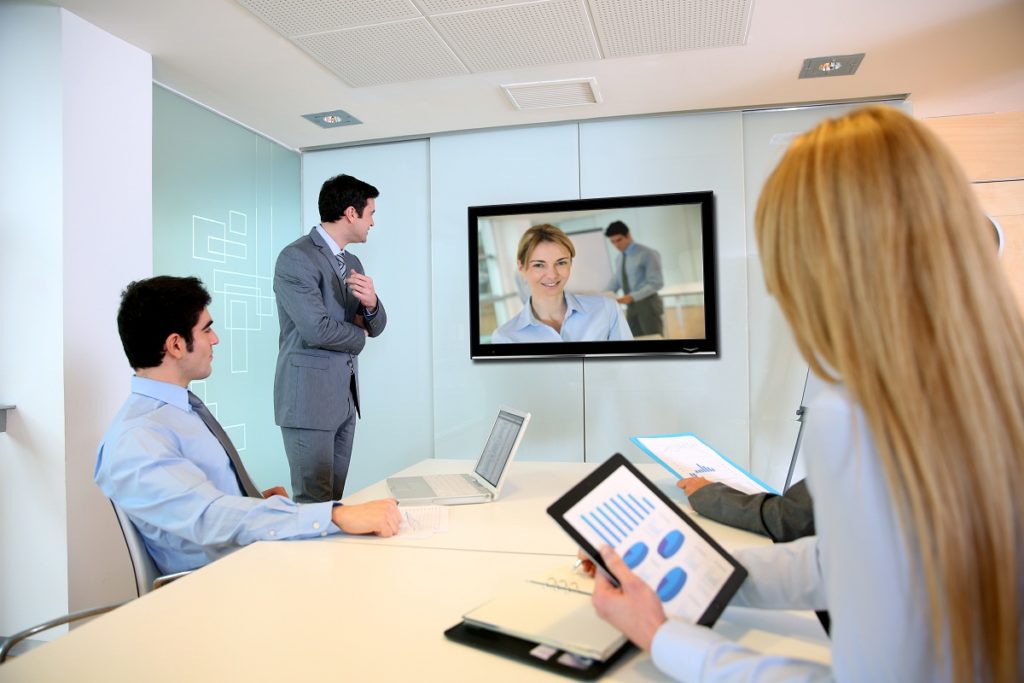The pandemic has made it necessary for businesses to find new ways to operate. Many companies are using technology to maintain their organizational structure and ensure communication. Thanks to innovations in communication technology, you have plenty of options. Aside from instant messaging applications and emails, businesses are using video conferencing software for online meetings.
Video Conferencing in 2020
The health risk posed by prolonged contact with other people, as well as social distancing measures, have led to a massive influx of new video conferencing users. According to experts, the pandemic has led to a 500 percent increase of video conferencing buyers. Online video platform Zoom saw more than 300 million participants per day in a single month.
Despite the advantages of online meetings, this new horizon also has its own challenges. A new phenomenon known as video call fatigue is affecting more and more people. Online meetings can also be less engaging that physical gatherings. Staring into a screen for a prolonged period could make your employees less productive than normal. You need to find ways that will spice up your digital meetings.
Transforming Your Meetings
 Plenty of methods can make your meetings more efficient. Research-based facilitation techniques for better workshops can help guide your employees through each session.
Plenty of methods can make your meetings more efficient. Research-based facilitation techniques for better workshops can help guide your employees through each session.
Here are some more tips for turning your dull online conferences into effective and engaging meetings.
-
Prepare the Agenda
Before you even host an online meeting, you need to prepare a detailed agenda. This provides your online discussion with a reliable framework and keeps everyone on point. Assess your agenda prior to the meeting and determine if you’re covering too many topics for your allotted time. Alternatively, you can expand the agenda if you still have room for it. Email this agenda to everyone who will be attending the meeting. This will let them prepare materials and questions in advance.
-
Get a Plan B
The more people there are involved in a digital meeting, the more likely one of them is going to experience technical issues with either their computer or internet connection. What’s worse if you, the host, experience one of these technical issues. To prevent such problems from interfering or even cancelling your entire meeting, always have an alternative plan. It could be a different teleconferencing platform or program. If you really can’t host the meeting at the specified time, make sure you have a backup session planned at a latter date.
-
Develop Rules
Establish a set of protocols for meeting in advance. These rules could be as simple as etiquette during meetings or can be complex and cover proper procedures for asking questions or contesting the agenda. Protocols and rules are vital in making your online meeting become more efficient. You won’t have to waste time while people routinely interrupt the speaker. Everyone can be on the same page regarding what they can and can’t do.
-
Catching Up
Allot enough time during the start of your online meeting to allow everyone to catch up and engage in small talk. By allotting a specific time for employees to do this, you can cut down on irrelevant chatter during your meeting. Your employees can focus on your meeting’s agenda instead of wondering what one of them has done over the weekend. You can also use this time to introduce new faces to employees and make visiting speakers more welcome for the meeting.
-
Set Time Limits
Time is of the essence, even when your business is operating digitally. If your online meeting involves multiple speakers, remind them beforehand how much time they have to go through their topics. When someone’s allotted time is close to running out, give them a gentle reminder to wrap up. This will prevent people and speakers from sharing irrelevant stories or going through unnecessary verbal detours.
-
Pre-Set Clarification Period
No matter how simple or complex the subject matter of your meeting, one of your attendees may have some questions. However, entertaining question in the middle of your meeting could distract not only the attendees but it can also derail the discussion. Allot some time after each segment of your meeting specifically for answering questions. This will streamline meetings and keep everyone focused on the discussion.
-
Send a Summary
Finally, after your meeting, you should send your attendees with a summarized version of your meeting. This document can be in bullet point and offer a complete but shortened synopsis of the meeting. You and your attendees can use this document easily remember important points and decisions.
Businesses have to adjust to the new realities imposed by the pandemic. With tips like these, you can ensure your company and employees remain effective and productive throughout this challenging time.
